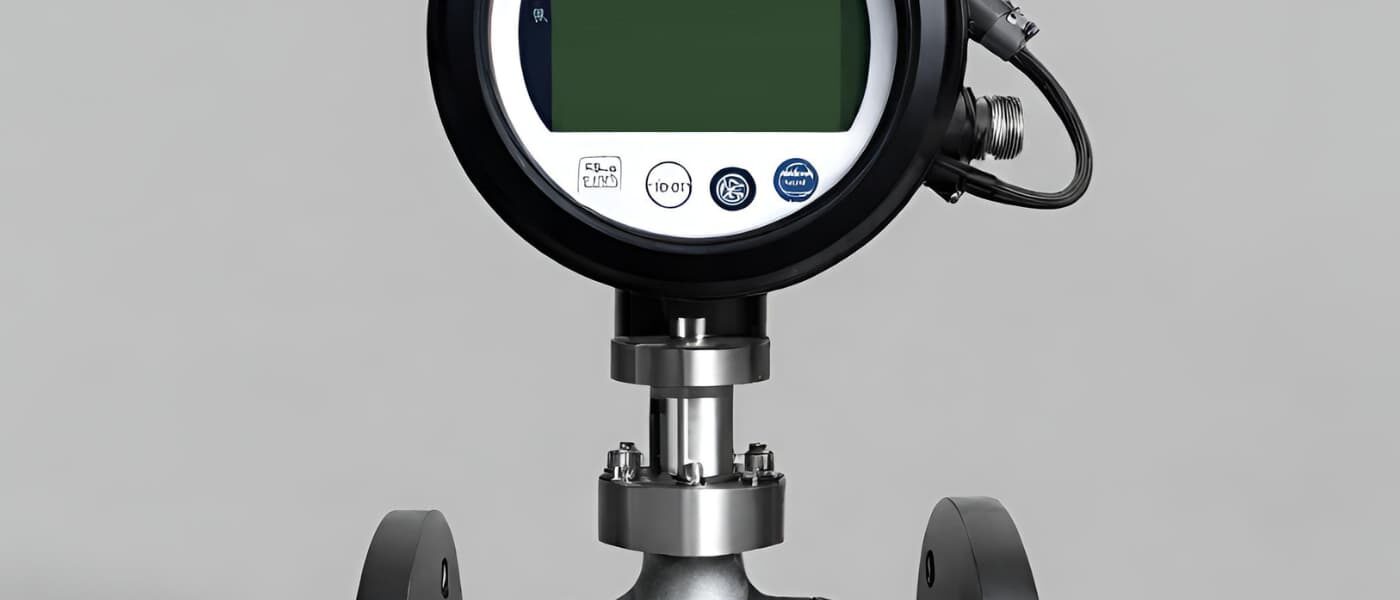Achieving accurate measurement and control of fluid flow rates is quite important and critical in various industries, ranging from manufacturing and petrochemicals to HVAC systems and municipal utilities. In this comprehensive article, we’ll delve into the world of flow meters and explore how they are the linchpin of precise fluid measurement and control. Additionally, we’ll shine a spotlight on flow switches, which play a crucial role in managing and controlling fluid flow in diverse applications.
What Are Flow Meters?
Flow meters are sophisticated instruments designed to measure the rate of fluid flow through pipes, channels, or conduits. Their primary function is to provide accurate and real-time data about the quantity of fluid passing through a system. This data is invaluable for a wide range of applications, including monitoring industrial processes, ensuring HVAC system efficiency, and managing water distribution in municipalities. The accurate measurement of fluid flow is essential for maintaining operational excellence and optimizing resource usage.
Types of Flow Meters
Flow meters come in various types, each tailored to specific applications and measurement principles. Understanding these types is essential for selecting the right flow meter for a particular task:
- Volumetric Flow Meters: These meters measure flow rates by calculating the volume of fluid passing through a given point over time. Common examples include turbine flow meters and positive displacement meters.
- Velocity Flow Meters: Velocity flow meters determine flow rates by measuring the speed at which the fluid flows. Devices like ultrasonic and electromagnetic flow meters fall into this category.
- Mass Flow Meters: Mass flow meters directly measure the mass of fluid passing through the system. Coriolis and thermal mass flow meters are examples of mass flow measurement devices.
Principles of Flow Measurement
The measurement of fluid flow relies on several fundamental principles, each with its advantages and limitations:
- Differential Pressure Measurement: This method involves creating a pressure drop across a constriction in the flow path and measuring the pressure difference to infer flow rate.
- Electromagnetic Flow Measurement: Electromagnetic flow meters use Faraday’s law of electromagnetic induction to measure flow rates accurately.
- Ultrasonic Flow Measurement: Ultrasonic flow meters employ the transit-time or Doppler effect to determine flow rates non-invasively.
Flow switches, on the other hand, are devices designed to respond to changes in fluid flow conditions and trigger specific actions, such as turning on or off pumps, valves, or alarms. They serve as critical components in maintaining safe and efficient fluid systems.
Applications of Flow Meters
The applications of flow meters are diverse and span various industries:
- Manufacturing: Flow meters are essential for measuring and controlling fluid flow rates in manufacturing processes, ensuring consistent product quality.
- Petrochemicals: In the petrochemical industry, flow meters are used to monitor the flow of various fluids, including oil, gas, and chemicals, for safety and process optimization.
- Municipal Utilities: Flow meters are integral to water distribution systems, enabling precise monitoring of water usage, leak detection, and billing accuracy.
Flow switches find their use in applications such as pump protection, equipment safety, and flow monitoring in industrial processes.
Advantages of Using Flow Meters and Flow Switches
The incorporation of flow meters and flow switches into fluid control systems offers numerous benefits:
- Accurate Measurement: Flow meters provide precise measurement data, allowing for better process control and resource management.
- Improved Process Efficiency: Accurate flow control ensures that processes run efficiently, reducing waste and operational costs.
- Enhanced System Safety: Flow switches help in detecting anomalies or unexpected changes in flow rates, triggering safety measures when needed.
Selecting the Right Flow Meter
Choosing the right flow meter is crucial for accurate measurement and control. Consider the following tips when selecting a flow meter:
- Fluid Type: Different flow meters are suited for specific fluids, so it’s essential to choose one compatible with the fluid being measured.
- Flow Rate: Consider the expected flow rate range as flow meters have different capabilities for low, medium, or high flow rates.
- Accuracy Requirements: Determine the level of accuracy required for your application to ensure the selected flow meter meets those standards.
- Environmental Conditions: Take into account factors such as temperature, pressure, and environmental conditions, which may affect the performance of the flow meter.
Flow Meter Brands and Their Offerings
Several reputable brands manufacture high-quality flow meters and flow switches, each with its unique features and capabilities. When considering these components for your specific application, exploring options from trusted manufacturers is essential. These brands provide reliable solutions for fluid measurement and control across various industries.
Conclusion
In the realm of fluid measurement and control, flow meters and flow switches serve as the cornerstones of precision and efficiency. Whether you’re managing industrial processes, optimizing HVAC systems, or ensuring water distribution, understanding these components is vital. Flow meters offer accurate measurement, while flow switches provide real-time responses to fluid flow conditions, enhancing system safety and performance. By selecting the right flow meter and flow switch for your application, you can achieve accurate fluid measurement and control, ultimately leading to operational excellence and resource optimization.
